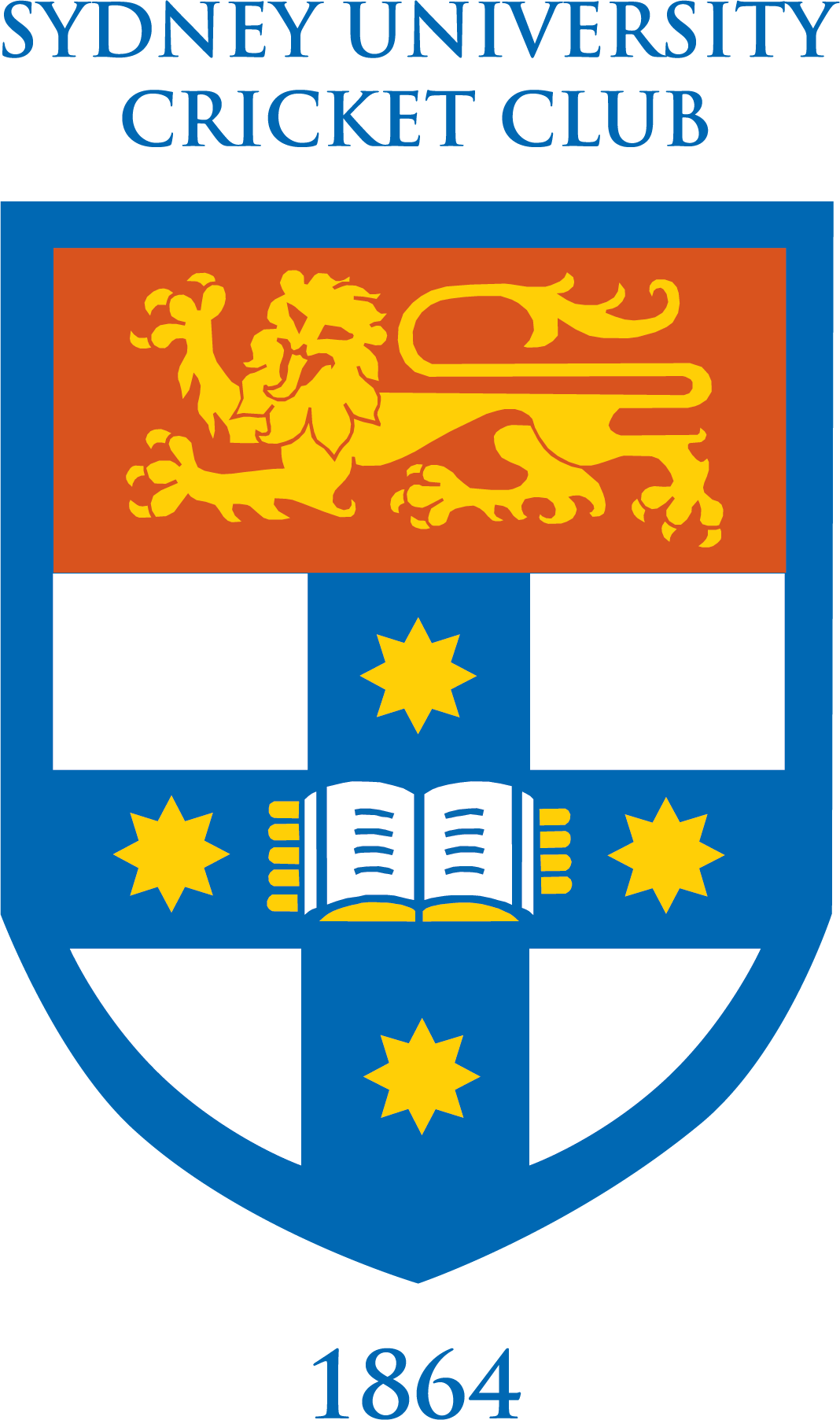By James Rodgers
(1 of 2 Medical Student Tales)
GL Saunders (SUCC 1 st Grade cap no179) is a minor footnote in SUCC’s sweeping history. He appears once and then virtually disappears, for ever.
He played his one game in 1st Grade in January 1919, one of 23 players who took the field with
University’s 1st Grade during the 1918-19 season; one of six who played their only game in 1 st Grade in that season. On 6 January 1919 (exactly 103 years ago today as I write), the world was still dizzy with elation following the Armistice in November 1918 which signalled the end of the dismal days of fighting in the Great War. Seventeen University cricketers never returned; six of the seventeen were still students when they enlisted.
George Lord Saunders (MB, ChM 1921) was a Medical student who fielded on the rain-affected first day while Glebe piled up 3 for 128. He wasn’t needed to bowl although University’s captain, Les Best, summoned seven others to the bowling crease. On the second day, the Australian Test player, Warren Bardsley, dominated and carried his bat for 138 out of 253. ‘Tim’ Yates recorded his best 1 st Grade figures with 5 for 35. Saunders had been one of two changes in the University side forced on the University selectors by the vacation. Jack Clemenger and University’s leading bowler, Ted Trennery, were both on holidays and Saunders and TP Flattery were called into the side. Flattery was a graduate of Waverley College and a future barrister and lecturer in Roman Law at the University.
Left hander Jim Bogle, a 25 year old Medical student, opened when University went in to bat. He top scored with 34 and Saunders, batting at number 11, was left 0 not out when the innings came to a sorry end. When University followed on, there was another collapse which left them 5 for 53. Curiously, Bogle didn’t bat again. His fellow Med student, Saunders, wasn’t required. The 1918-19 1 st Grade side finished a creditable seventh in the competition with six wins and six losses and two remarkable ties. In round 3, both Balmain and University had scored 327. In round 10, Waverley was 9 for 138 chasing 148. A series of nervous singles and wild swipes into the outfield concluded when University’s Jimmy Sullivan caught a ‘skier’ as Balmain’s Sheppard tried to hit University’s Charlie Lawes out of the ground. The University side was held together mainly by the batting of Jim Bogle who had an ‘annus mirabilis’ which he never repeated. In 1 st Grade, he scored an extraordinary 1090 runs at 83.8 with six centuries.
The next in aggregate was Les Donovan’s 433. Bogle’s 1090 was the first occasion when a University 1 st Grader had scored over 1000 for the season and it was to be the only time when Bogle himself ever approached anything like it. It took another 88 years before Greg Mail’s 1225 runs in 2006-07 broke this record. Since then, Damien Mortimer, Nick Larkin and Greg Mail, twice more, have surpassed Bogle’s old record and Greg Mail’s 1242 in 2009-10 is the current 1 st Grade record for SUCC. When Bogle, on the strength of his consistent and outstanding run-scoring, was selected for NSW a few weeks later in January 1919, he scored 145 on debut as NSW chased down 387 to defeat Victoria. He was not often available for NSW because of his medical studies but when he was called up again in the next season for the game against South Australia in Adelaide, he was dropped first ball and then ground out an extraordinary200.
The remarkable thing about Bogle’s 1090 was how much it stood out in his Grade career. In the other six seasons in which he played 1 st Grsde (for Glebe and University), he averaged a moderate 25.
The two unlikely teammates, George Saunders and Jim Bogle, were a year apart in the Faculty of Medicine. While Bogle was creating records almost every week on the cricket fields, Saunders returned to his studies and never played 1 st Grade again. And that’s where he disappears from sight. We know that his father, George, and mother, Grace, were married in 1893 and lived around Newcastle. We know that George had two brothers, Frank who served in the Flying Corps in the Great War and Charles. And that his sister Aimee lived until 1972.
But many questions remain unanswered.
Where did George go to school?
What sort of cricketer was he?
What sort of character was he?
What did he do after graduating in 1921?
If any of our readers have any ideas, I would be most grateful to hear from you about the Medical student who played one 1 st Grade game and who never scored a run or took a wicket.

